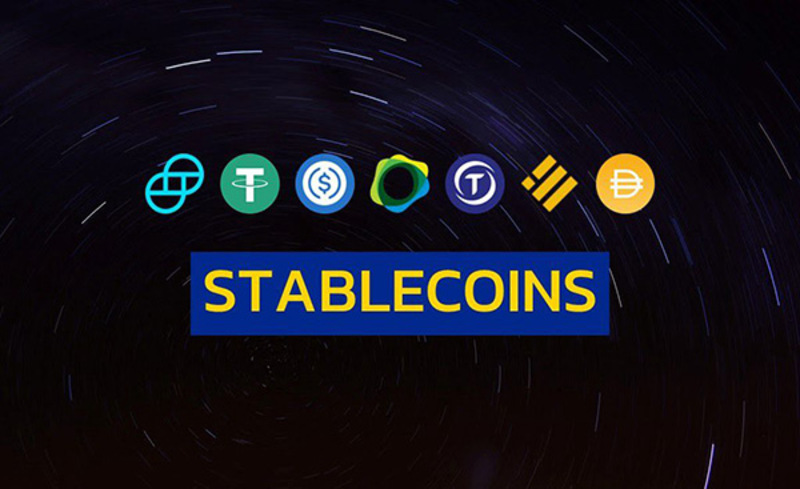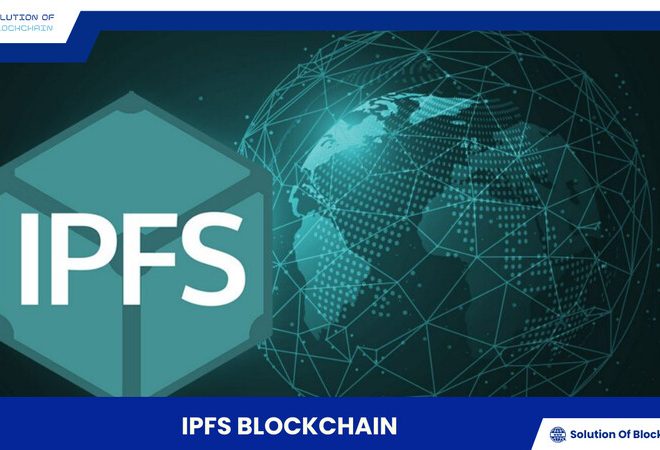
What is a Stablecoin? Learn about “Stable Coins” in Crypto
In the volatile world of cryptocurrency, Stablecoin emerge as a beacon of stability and trust for investors. So, what is a Stablecoin? Let’s dive deeper into this fascinating digital asset!
What is a Stablecoin?
Stablecoin, also known as “stable currency,” are a type of cryptocurrency designed to maintain a stable value by pegging it to another, more stable asset. This could be fiat currency (USD, EUR, etc.), commodities (gold, silver, etc.), or even another cryptocurrency.
Common types of Stablecoins
Currently, there are various types of Stablecoins, each with its unique operating mechanism and underlying asset:
- Fiat-backed Stablecoins: These are the most common type, backed by fiat currency like USD or EUR. Popular examples include Tether (USDT), USD Coin (USDC), and Binance USD (BUSD).
- Crypto-backed Stablecoins: This type is backed by one or more other cryptocurrencies. The collateral value is typically higher than the Stablecoin’s value, creating a safety buffer. Example: DAI.
- Commodity-backed Stablecoins: These are backed by commodities like gold or silver. Examples: Pax Gold (PAXG), Tether Gold (XAUT).
- Algorithmic Stablecoins: These are more complex, using algorithms and smart contracts to maintain stability.
Each type has its advantages and disadvantages, suitable for different needs and purposes. It’s essential to research each type thoroughly before investing or using them.
The role of Stablecoin in the crypto market
Stablecoin play a crucial role in the cryptocurrency market, offering benefits to both investors and users:
- Bridge between fiat and crypto: They act as a bridge, enabling easy conversion between fiat currency (like USD, EUR) and cryptocurrency. This facilitates trading and investment in the crypto market, making it easier for users to enter and exit.
- “Safe haven” in a volatile market: The crypto market is known for its volatility. During downturns, investors can quickly convert their assets to Stablecoin to preserve value and avoid losses.
- Trading and payment tool: Due to their stability and high liquidity, Stablecoins are widely used for crypto transactions and payments. Users can buy and sell other cryptocurrencies or pay for goods and services quickly and conveniently.
- Support for Decentralized Finance (DeFi): Stablecoins are integral to the DeFi ecosystem. They’re used for lending, borrowing, derivatives trading, providing liquidity, and various other applications.
- Mitigating price volatility risk: For investors and users who want to participate in the crypto market but are wary of price volatility, Stablecoin offer a safer solution. By holding Stablecoin, they can access the crypto market without worrying about sudden price fluctuations.
Challenges of Stablecoin
Despite their benefits and diverse applications, Stablecoin face significant challenges:
Maintaining stability
- Collateral devaluation risk: Stablecoins are backed by collateral, usually fiat currency or other assets. If the value of these assets declines, the Stablecoin could also lose value.
- Mismanagement risk: Stablecoin issuers need to manage asset reserves transparently and effectively to ensure stability. Mismanagement can lead to a loss of trust and potential collapse.
- Cyberattack risk: Stablecoins can be targets of cyberattacks aimed at stealing assets or manipulating their value.
Regulation and oversight
- Lack of clear legal framework: Currently, there’s no clear and globally unified legal framework for regulating Stablecoin. This creates uncertainty and can hinder their development.
- Money laundering and terrorist financing risks: Stablecoin can be used for illicit activities due to their anonymity and ease of transfer.
- Competition with traditional currencies: The growth of Stablecoin could threaten the stability of the traditional financial system and undermine central banks’ ability to control monetary policy.
Impact on the financial system
- Systemic risk: If widely adopted, the collapse of a major Stablecoin could trigger a domino effect and impact the entire financial system.
- Loss of monetary control: The popularity of Stablecoin could reduce the demand for traditional currencies, making it difficult for central banks to implement monetary policy.
Use cases of Stablecoins
Trading and payments
- Exchange medium: Stablecoin provide a safe haven for crypto traders during volatile market periods. When the prices of other cryptocurrencies fluctuate, they help preserve asset value.
- Cross-border payments: Stablecoin enable faster, cheaper, and more efficient international transactions, especially in regions with underdeveloped banking systems.
- E-commerce: They can be used to pay for goods and services online, offering a secure and global payment option.
Decentralized Finance (DeFi)
- Lending and borrowing: Stablecoins are widely used in DeFi protocols for lending and borrowing, generating returns for depositors and providing capital for borrowers.
- Liquidity provision: They’re also used to provide liquidity to decentralized exchanges, enabling seamless trading of various cryptocurrencies.
- Derivatives: Stablecoin serve as collateral in derivatives like futures and options, allowing traders to manage risk and speculate on the prices of other assets.
Hedging and investment
- Protection from volatility: During market downturns, investors can convert their assets to Stablecoin to protect their value from decline.
- Stable investment: Stablecoin can be used as a stable investment tool, especially in countries with high inflation or currency instability.
- Earning interest: Some platforms offer interest rates for holding Stablecoin, generating passive income for users.
Other use cases
- Remittances: Stablecoins can be used to send money to friends and family quickly and at a lower cost, especially in regions with high remittance fees.
- Supply chain management: They can be used for tracking and payments in supply chains, increasing transparency and efficiency.
- Donations and charity: Stablecoins can be used for donations and supporting charitable organizations worldwide, reducing costs and increasing transparency.
Stablecoins are not only a useful trading and investment tool but also a crucial factor driving the development of the blockchain ecosystem and the widespread adoption of cryptocurrencies in the future.
If you have any further questions regarding Stablecoins, please leave a comment below this Solution Of Blockchain article, and we’ll get back to you soon!






